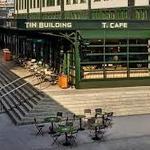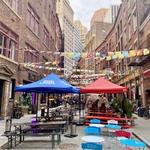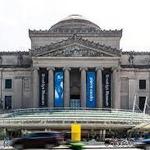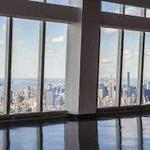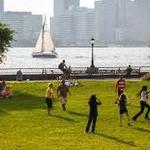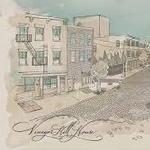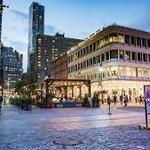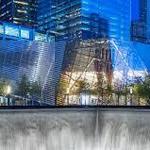Victoria & Gerry
Things To Do
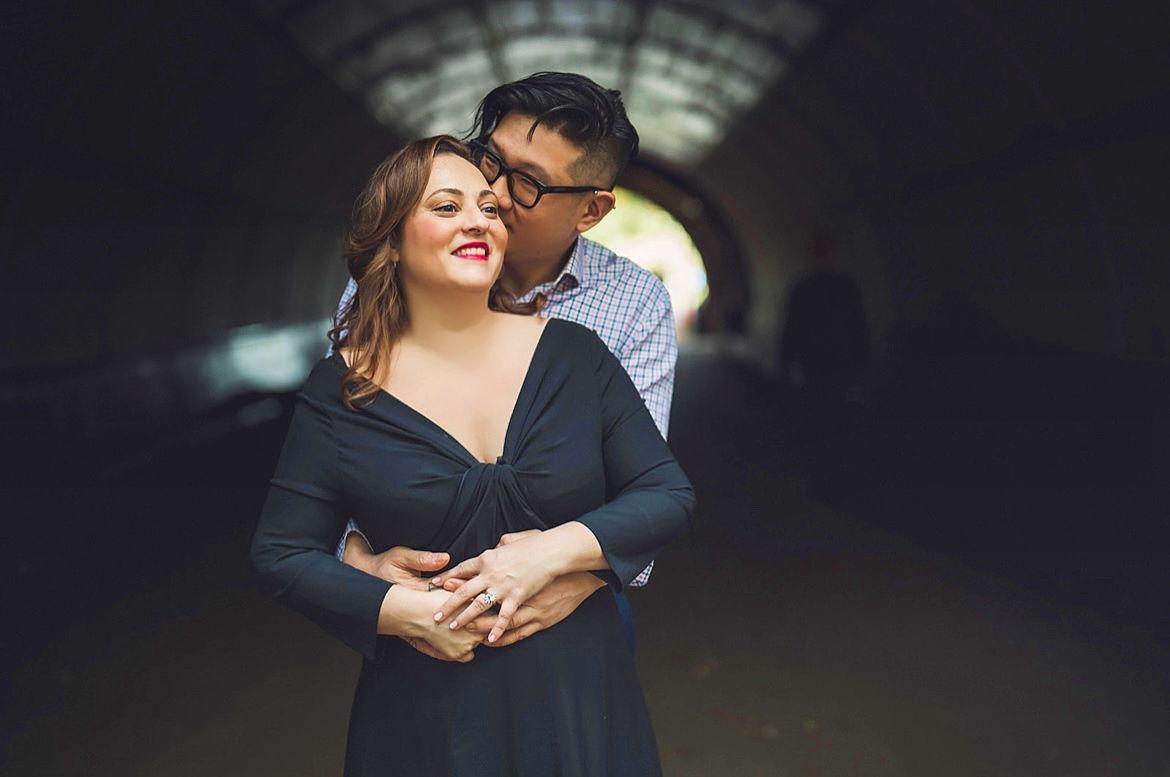
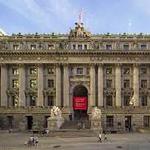
National Museum of the American Indian
The National Museum of the American Indian (NMAI) is an active component of the Smithsonian Institution, the world's largest museum complex. The NMAI cares for one of the world's most expansive collections of Native artifacts, including objects, photographs, archives, and media covering the entire Western Hemisphere, from the Arctic Circle to Tierra del Fuego.

Le Pain Quotidien
Coffee, tea, salads, and soups
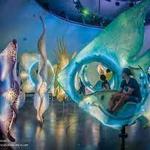
SeaGlass Carousel
The 2,575 square foot pavilion—a huge chambered nautilus—designed by wxy architects spirals and shines amid The Battery’s flora. SeaGlass lacks the center pole of a traditional carousel. Instead, the four turntables are driven by electric motors housed below the floor.
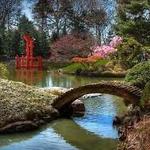
Brooklyn Botanic Garden
The 52-acre garden holds over 14,000 taxa of plants and has nearly a million visitors each year. It includes a number of specialty "gardens within the Garden", plant collections, Bonsai Museum, three climate-themed plant pavilions, a white cast-iron-and-glass aquatic plant house, and an art gallery.
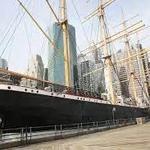
South Street Seaport Museum
The South Street Seaport Museum preserves and interprets the origins and growth of New York City as a world port, a place where goods, labor, and cultures are exchanged through work, commerce, and the interaction of diverse communities.
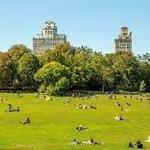
Prospect Park
Known for its intricate manmade watercourse (wetlands) and its trees, the bulk of Brooklyn's remaining indigenous forest, the park is a highly functional green space. Contained within its 526 acres are a zoo, the first urban-area Audubon Center in the nation, an ice rink, a band shell, a carousel, and dozens of athletic and recreational facilities.
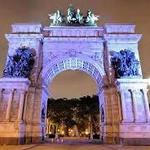
Grand Army Plaza
The plaza includes the Soldiers' and Sailors' Arch; the Bailey Fountain; the John F. Kennedy Monument; statues of Civil War generals Gouverneur K. Warren and Henry Warner Slocum; busts of notable Brooklyn citizens Alexander Skene and Henry W. Maxwell.
